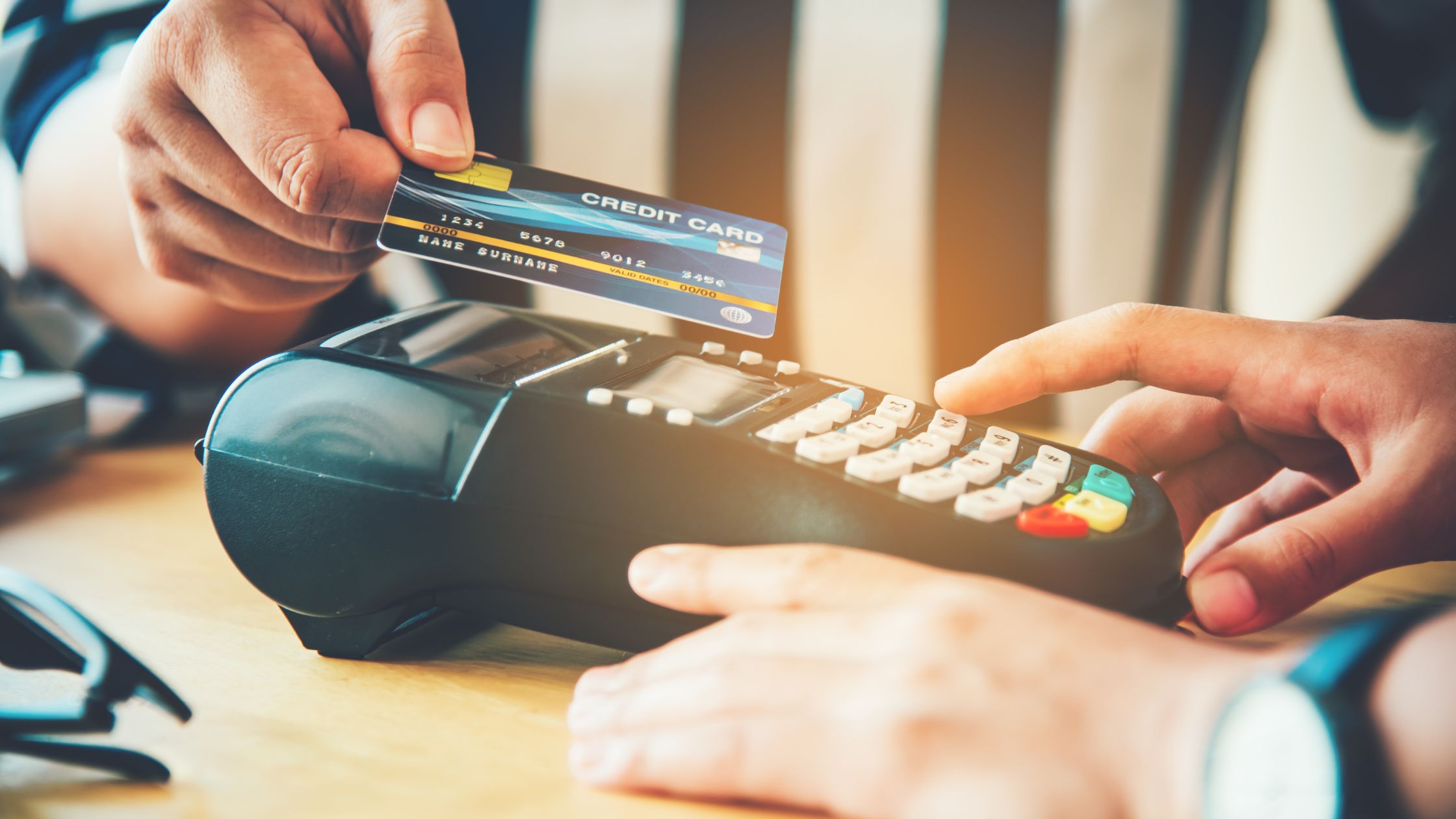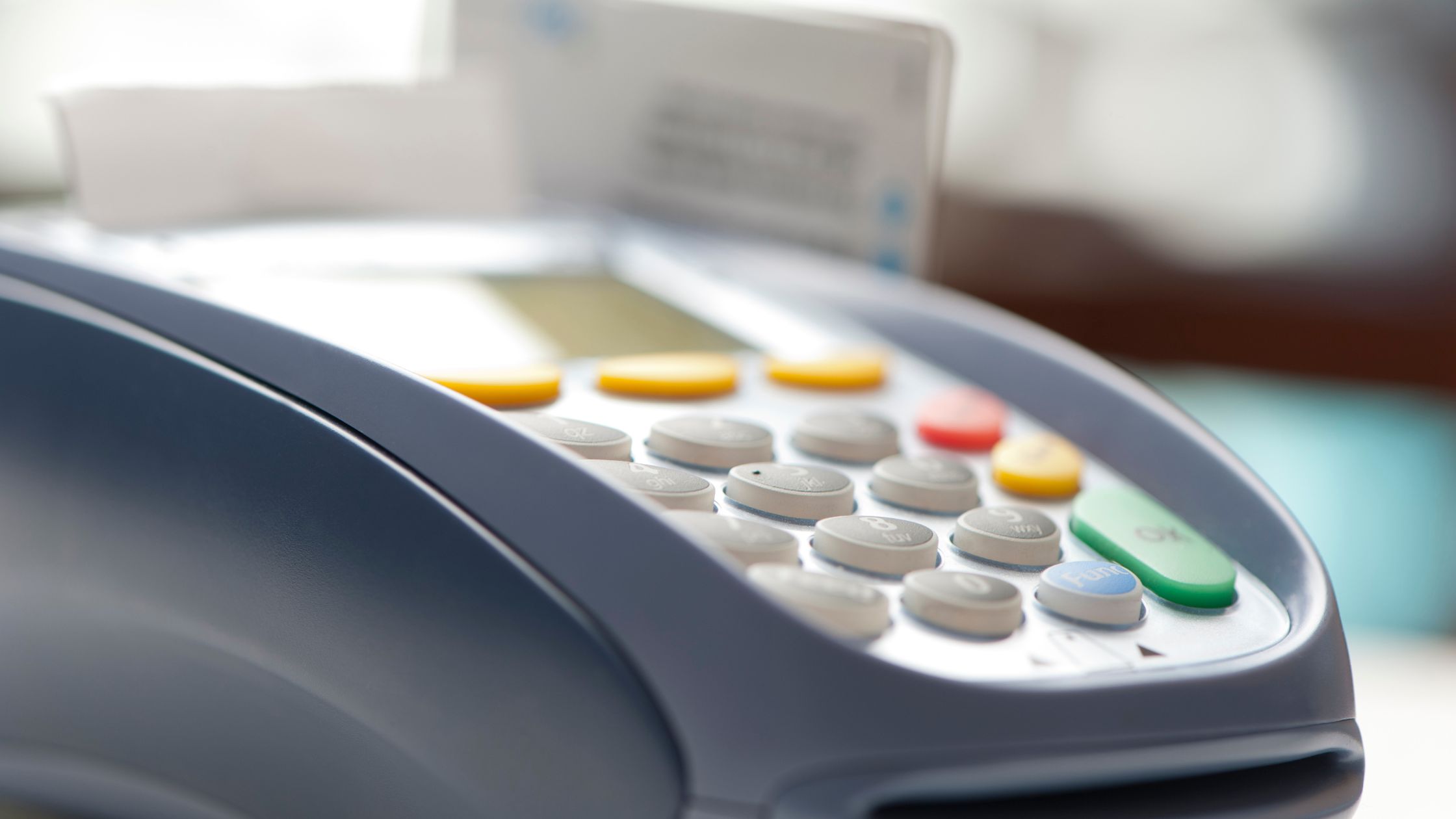In today’s fast-paced restaurant industry, efficiency and accuracy are essential for providing high-quality service and maintaining profitability. Integrating a Point-of-Sale system with kitchen printing and comprehensive reporting features can significantly streamline operations. This article explores how restaurant POS systems with integrated kitchen printing and reporting capabilities help optimize workflows, enhance communication, and provide valuable insights into business performance.

Improving Restaurant Flow with POS Systems
A Point-of-Sale system is the heart of any restaurant’s operations. It handles everything from order taking and payment processing to inventory tracking and employee management. By integrating kitchen printing and reporting features, POS systems become even more powerful tools that streamline communication, improve accuracy, and increase overall operational efficiency.
By automating key tasks such as order routing and real-time data generation, POS systems free up staff to focus on customer service, while also providing management with actionable insights for better decision-making. This automation reduces bottlenecks during peak hours, keeping orders moving smoothly from table to kitchen to checkout. It also surfaces performance trends and inefficiencies, empowering managers to make continuous, data-driven improvements.
The Core Functions of a POS System in Restaurants
A POS system is the backbone of restaurant operations, streamlining everything from orders to payments and staff management.
1. Order Management
POS systems ensure accurate order taking and processing, with features like modifiers, combos, and customizable menu items. This allows restaurants to provide customers with various options and accommodate special requests seamlessly.
2. Transaction Handling
The POS system processes payments via credit cards, mobile wallets, or cash. It automatically records all transactions and generates receipts, ensuring accurate financial documentation and smooth payment processing for both customers and staff.
3. Inventory Management
Real-time inventory updates help track stock levels, reducing waste and preventing stockouts. POS systems generate detailed reports on inventory trends, assisting restaurant managers in making informed purchasing and restocking decisions.
4. Employee Management
From scheduling shifts to processing payroll, POS systems help efficiently manage staff. They track working hours, ensure fair compensation, and generate performance reports, allowing restaurant owners to streamline labor management and improve operational efficiency.
However, the integration of kitchen printing and reporting features takes restaurant management to the next level.

The Power of Kitchen Printing in Streamlining Service
Kitchen printing is one of the most powerful features of modern POS systems, transforming how restaurants manage communication between the front and back of house. Instead of relying on handwritten notes or verbal messages, orders are sent directly to kitchen printers or display systems, ensuring faster, clearer, and more accurate food preparation.
With instant order transmission, chefs can begin cooking as soon as an order is placed, reducing wait times and improving service speed. Clear communication ensures kitchen staff receive complete details, including modifiers and dietary preferences, eliminating confusion. This combination of speed and accuracy keeps orders flowing smoothly, leading to happier guests and a more efficient, stress-free kitchen. Learn more about Free Point of Sale Software for Restaurants.
Comprehensive Reporting: Empowering Informed Decision-Making
A key aspect of modern POS systems is their ability to generate comprehensive reports that provide insights into the restaurant’s performance.
a) Sales Reports
Detailed sales reports help managers track daily, weekly, and monthly sales performance. These reports highlight high-performing items, sales trends, and peak business hours, allowing owners to optimize their menus and marketing strategies.
b) Inventory Reports
Real-time inventory tracking helps identify stock levels, usage rates, and reordering needs. This feature can help reduce food waste, prevent overstocking, and ensure that the restaurant never runs out of popular items.
c) Labor Cost Reports
Labor costs are one of the largest expenses in a restaurant. POS systems track employee hours, tips, and labor costs, allowing managers to balance staffing levels with customer demand and improve profitability.
d) Customer Behavior Analytics
Some advanced POS systems can track customer preferences, frequent orders, and order history, providing valuable insights for marketing campaigns, loyalty programs, and personalized offers.
By accessing these reports, restaurant owners and managers can make informed decisions on everything from menu pricing to staffing levels, helping to improve profitability and operational efficiency.
Customizing the POS System to Your Restaurant’s Needs
Every restaurant operates differently, and a customizable POS ensures the system fits your exact workflow.
- Menu Customization: Easily modify menus, add combos or modifiers, and set different prices for lunch, dinner, or special offers to fit your restaurant’s style.
- Tax and Pricing Configurations: Handle multiple tax rates and flexible pricing for multi-location operations or changing regional requirements.
- Employee Roles and Permissions: Assign access levels for tasks like billing, reporting, or order handling to maintain control and accountability.
- Layout and Interface Personalization: Adjust button layouts and workflows for quicker navigation, smoother transactions, and better staff performance.
A customizable POS system adapts to your restaurant’s unique environment, enhancing flexibility, efficiency, and user experience.

Conclusion
Integrating a POS system with kitchen printing and reporting capabilities is crucial for modern restaurant management. These systems streamline operations, improve communication, and provide valuable insights to help restaurant owners make informed decisions. By optimizing order management, inventory, employee performance, and reporting, restaurants can significantly enhance efficiency and profitability. Floreant POS offers advanced POS solutions designed to help restaurants achieve seamless operations, ensuring long-term success and growth.
FAQs
1. What is Floreant POS?
Floreant POS is a free, open-source POS system designed for the restaurant industry, offering features such as kitchen printing, inventory management, and reporting.
2. How does kitchen printing improve restaurant efficiency?
Kitchen printing ensures that orders are sent directly to the kitchen, reducing the chance of errors, improving service speed, and enhancing communication between staff.
3. Can Floreant POS generate detailed reports?
Yes, Floreant POS offers a wide range of reports, including sales summaries, inventory management, labor costs, and customer data analytics.
4. Is Floreant POS customizable for different types of restaurants?
Absolutely! Floreant POS allows customization in menu structure, pricing, employee roles, and tax configurations to meet the specific needs of different restaurant types.







